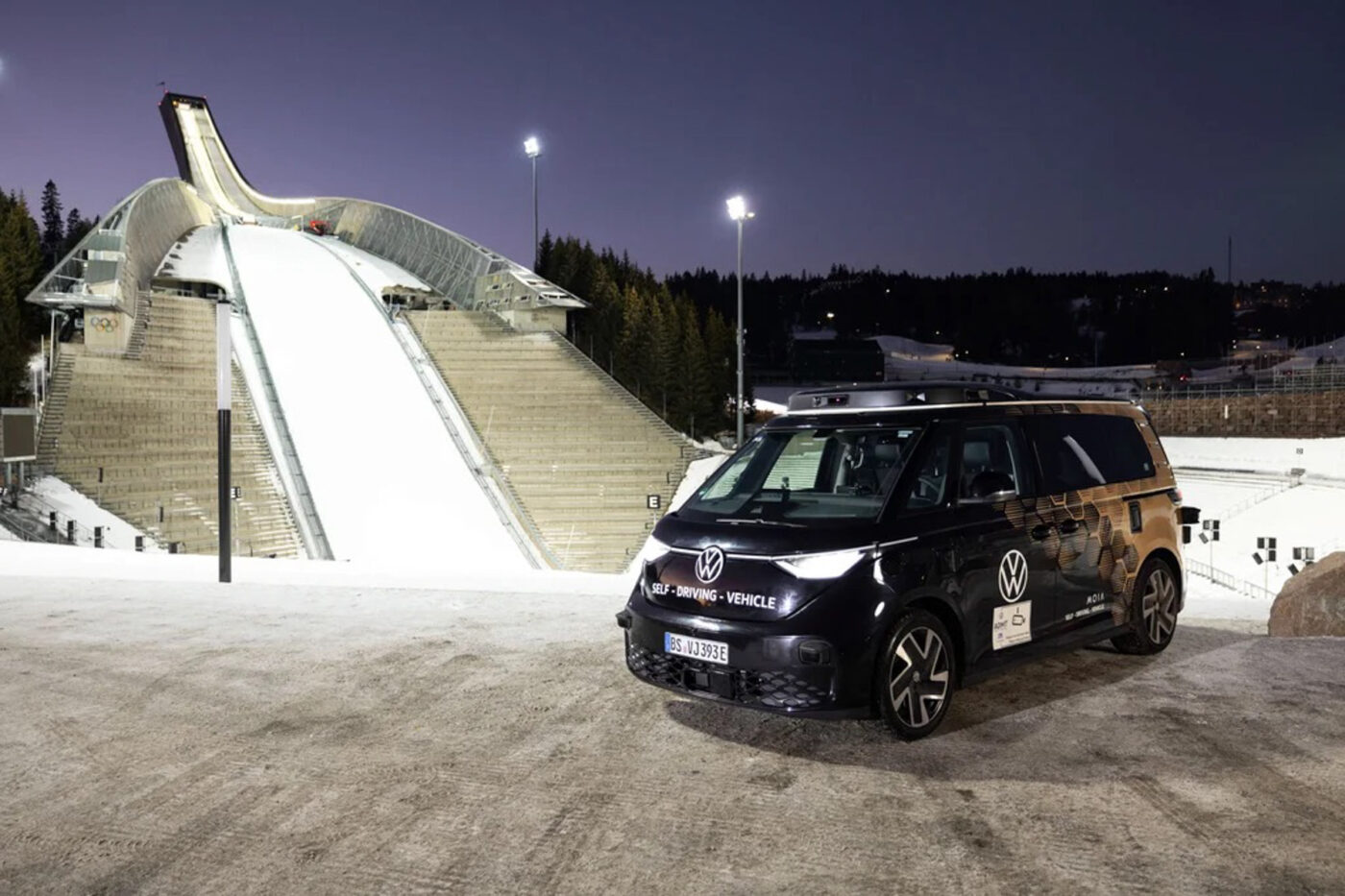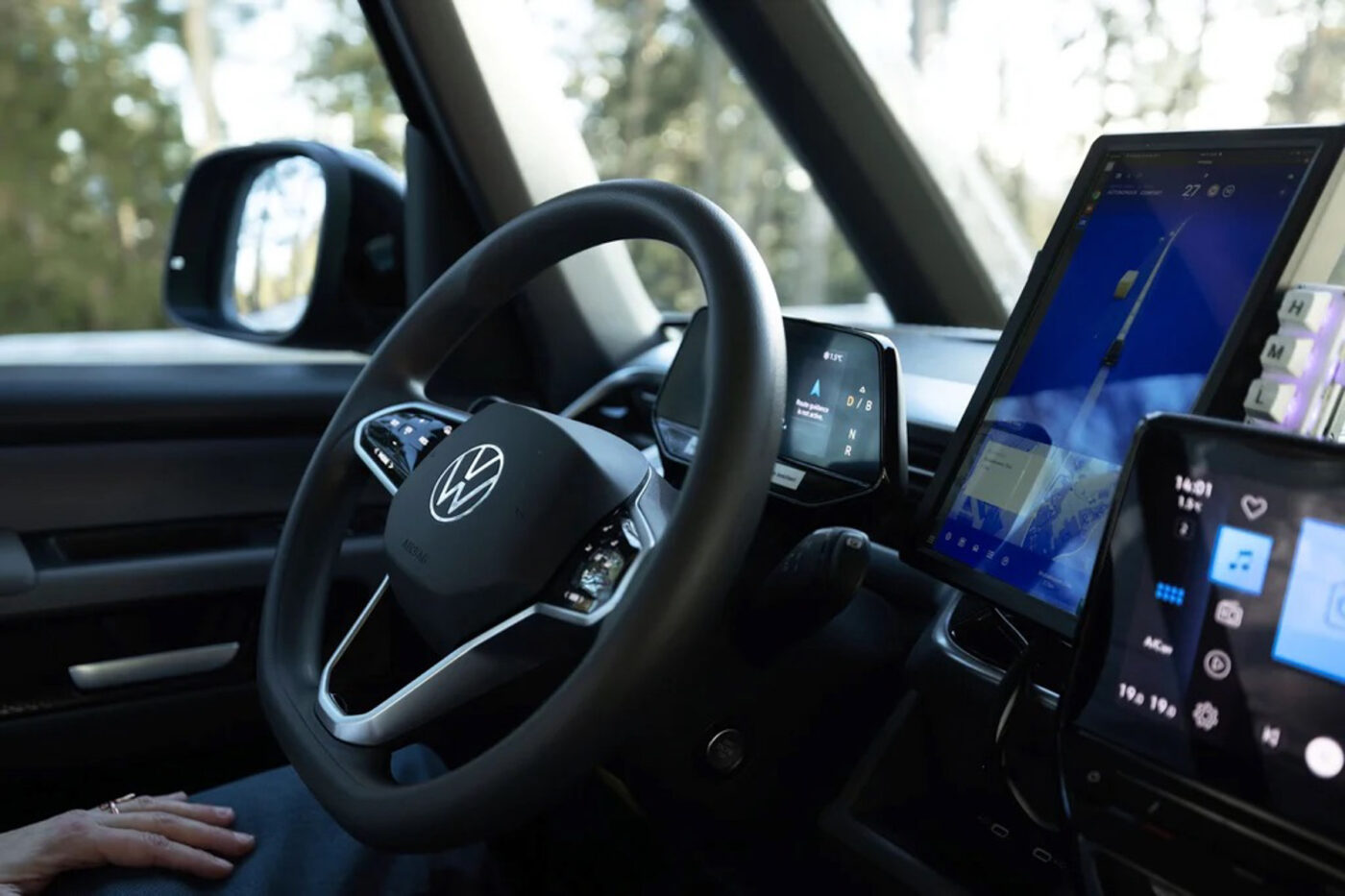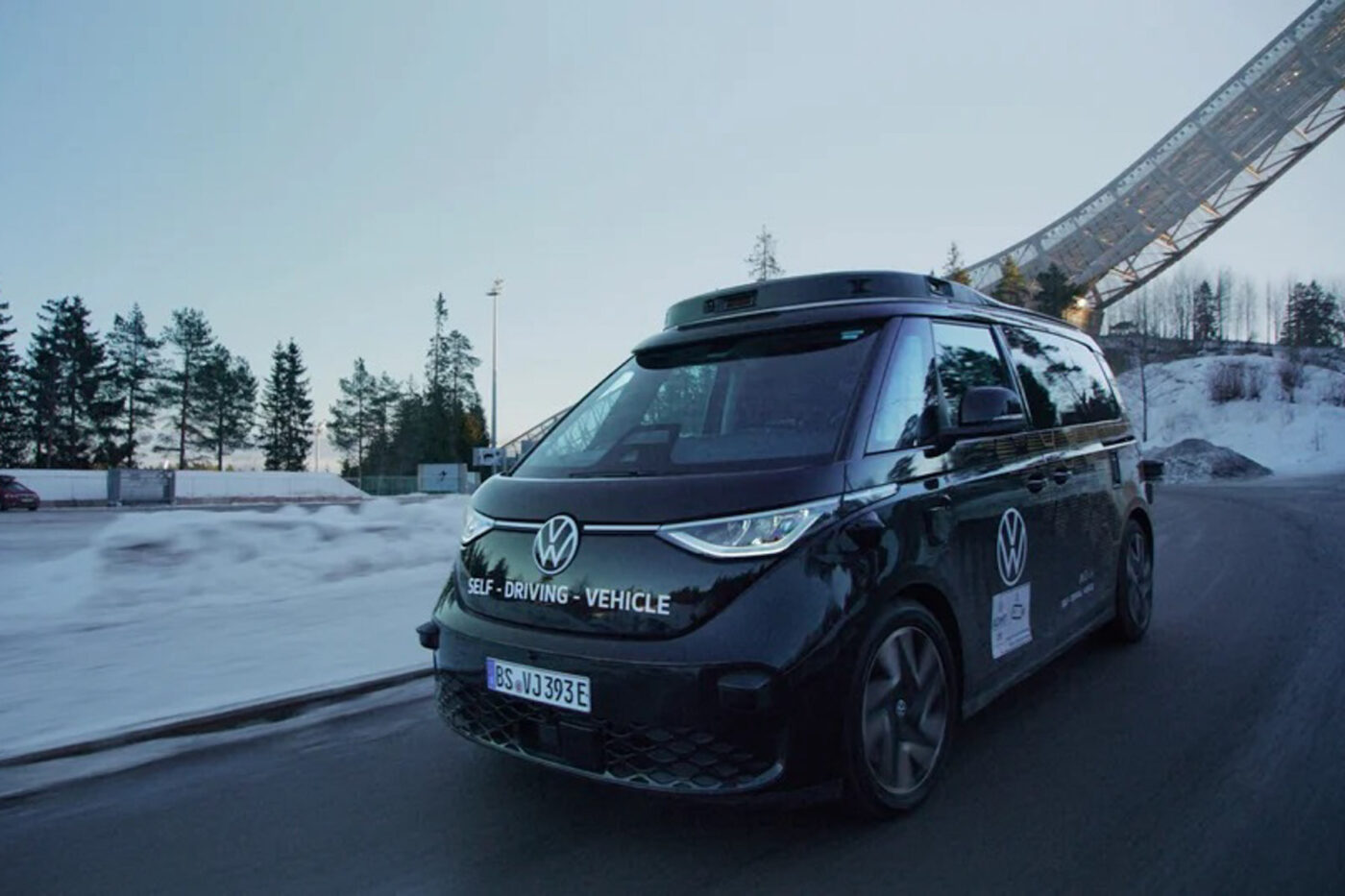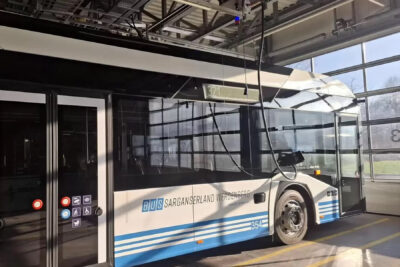MOIA starts arctic testing ID. Buzz fleet
The tests focus on the behaviour of the fully autonomous vehicles in snow, ice and low temperatures as well as the performance of the sensors in restricted visibility conditions. They will also test how the vehicles interact with the traffic infrastructure, such as snow-covered road markings and signs, and with other road users in difficult weather conditions.
This is extremely important for journeys after level 4, because from this level onwards, the driver can completely relinquish control of the vehicle and become a passenger – and can sleep, use their smartphone or read, for example. The system must be designed in such a way that it recognises its limits in good time and can reach a safe state “in accordance with the rules.” This is a big difference to level 3, where the driver is only allowed to turn away temporarily and must be able to take control again at short notice when requested by the system. Reading the newspaper, for example, is already possible here, but sleeping is not.
However, as the winter conditions in Oslo mean that it cannot be guaranteed that the system, which is still under development, will correctly recognise all road markings, signs and pedestrians, a safety driver is always on board during Moia’s test drives in Norway to intervene. “The insights gained are crucial for further developing autonomous driving technology and represent an important step toward market readiness,” says the company.



The tests in Norway are intended to form the basis for reliable operation of the ID. Buzz AD “even under challenging weather conditions” and thus prepare it for possible commercial use in such areas. After all, such conditions can occur in large parts of northern Europe and also in North America.
The tests in Oslo, for example, are also a precursor to the deployment of the ID. Buzz AD in Hamburg: the area for the autonomous ridepooling test run there has already been determined and the vehicles will be on the road from mid-2025. The Moia vehicles that are already travelling through the Hanseatic city are not yet autonomous.
“Winter road conditions with temperatures down to –20 degrees Celsius are the ultimate stress test for autonomous vehicles. For the widespread deployment of the technology, it is essential that they operate reliably not only in ideal environments but also in winter weather,” says Christian Senger, CEO of Volkswagen ADMT. “The tests in Oslo provide us with valuable data for further developing our software and hardware and are an important step for scaling the technology.”
Moia CEO Sascha Meyer adds: “Users of mobility services expect a comfortable, reliable, and safe mode of transport – regardless of the season and weather conditions. This remains especially true in the autonomous age. To ensure that people worldwide can reliably experience our autonomous vehicles, we are making the technology winter-proof. The ability to drive safely under extreme weather conditions is a fundamental prerequisite for the long-term economic success of our offering in Europe and North America.”




0 Comments